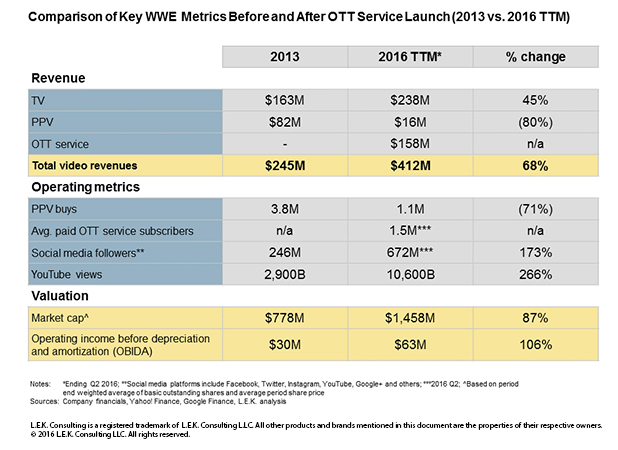 Credit: thegbrief.com
Credit: thegbrief.com
Many people feel that the rise of OTT services is directly contributing to the death of traditional television. But, while it's true that the needs and habits of today's consumers are shifting away from the shackles of traditional TV services, could OTT, and television actually serve to complement each other?
The "multichannel ecosystem" and why viewers love OTT services
Of course, today's consumer has made the decision to migrate to OTT from traditional TV services because of better pricing and more content. According to a study from LEK, 15% of people surveyed said they prefer OTT because of increased choice and content libraries, and 14% said their preference boils down to OTT subscription services being more affordable.
This may be the case but despite a prolific rise in cord cutting, it seems that today's consumer - and surprisingly, this applies to Millennials too - are tapped into the multichannel ecosystem.
What does this mean? It means that the modern entertainment hungry adult likes a mix of services, including OTT and traditional pay television. In fact, according to LEK, a whopping 88% of 18 to 24-year-olds are multichannel subscribers. It is possible that many Millennials fall into this category as they use their parents' pay TV services as well as their personal OTT subscriptions, but the results are intriguing nonetheless.
Surprisingly, OTT has a boosting effect on traditional TV
In the world of sports entertainment, OTT has had a huge impact, but it hasn't necessarily taken away from the more traditional viewing mediums.
For example, before the launch of OTT, the WWE was one of the most body-slammingly exciting spectacles on primetime TV. Since the inception of OTT, which has proved fruitful for the organisation, revenue from traditional TV viewership has increased by 45%, and still exceeds that of the company's OTT channel (source).

These findings prove that it is possible to gain maximum success by taking a multichannel, or omnichannel, approach to content distribution. Rather than putting all their eggs in one basket, a content provider can reach a broader audience and yield significant commercial benefits by spreading their offerings across a host of platforms, and forming partnerships with traditional television channels.
An excellent example of a niche content provider maximising their audience by employing a savvy broadcasting infrastructure is Acorn TV. By offering their subscribers a particular genre of content and thus, a content library that they can't get anywhere else while distributing their service wisely, the provider has seen a 400% increase in subscribers in just two years.
Another good finding. Homes with SVoD subs for Netflix, Prime and others are watching more TV overall than pay TV-only homes and are turning way from pay-TV services, according to Guy Bisson from Ampere Analysis.
The world has gone digital, and while it may damage traditional television viewing formats, it doesn't mean they have to be left dead in the water. Rather than a case of service alone, to thrive in today's world, a content provider has to adopt a certain way of thinking - and it looks like by thinking wider rather than straight down the line will achieve the greatest results.
Interesting in setting up an OTT service quickly? Learn how to tackle the main challenges:



